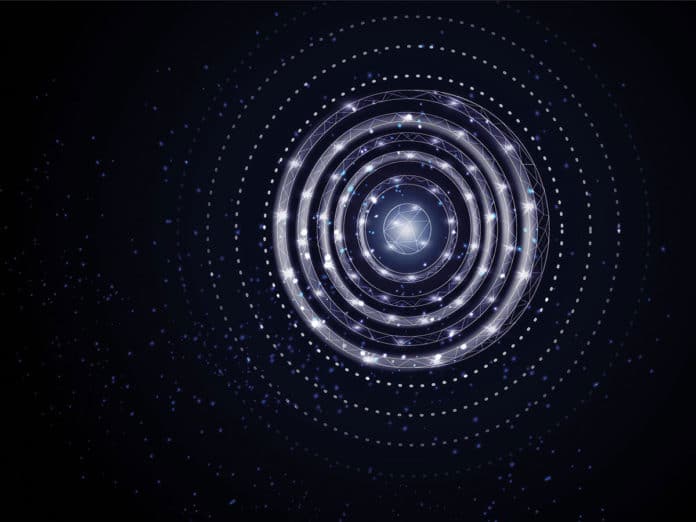Quantum time crystals are systems described by suddenly rising periodic order in the time domain. While originally a phase of broken time translation symmetry was a mere hypothesis, a wide range of time crystals have been reported. Be that as it may, the dynamics and associations between such frameworks have not been researched experimentally.
Time crystals are different from standard crystal-like metals or rocks, composed of atoms arranged in a regularly repeating pattern in space. They exhibit the bizarre property of being in constant, repeating motion in time despite no external input. Their atoms are continually oscillating, spinning, or moving first in one direction and then the other.
An international team of researchers from Lancaster University, Yale University, Royal Holloway London, and Aalto University in Helsinki has witnessed two-time crystals’ interaction. They observed time crystals using Helium-3, a rare isotope of helium with one missing neutron.
Dr. Samuli Autti, the lead author from Lancaster University, said, “Controlling the interaction of two-time crystals is a significant achievement. Before this, nobody had observed two-time crystals in the same system, let alone seen them interact.
“Controlled interactions are the number one item on the wish list of anyone looking to harness a time crystal for practical applications, such as quantum information processing.”
For the study, scientists cooled superfluid helium-3 to within one ten thousandths of a degree from absolute zero (0.0001K or -273.15°C). They then created two-time crystals inside the superfluid and allowed them to touch.
Scientists observed the exchange of magnons between the time crystals leading to opposite-phase oscillations in their populations—a signature of the AC Josephson effect.
The results demonstrate that time crystals obey quantum mechanics’ general dynamics and offer a basis to investigate the fundamental properties of these phases further, opening pathways for possible applications in developing fields, such as quantum information processing.
Journal Reference:
- S. Autti et al. AC Josephson effect between two superfluid time crystals. Nature Materials, 2021; DOI: 10.1038/s41563-020-0780-y
